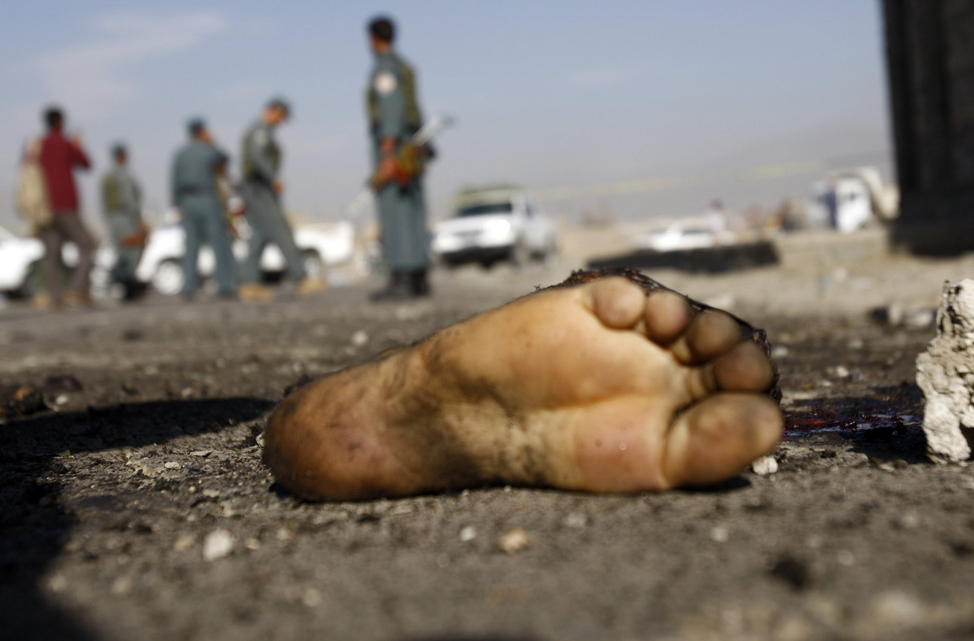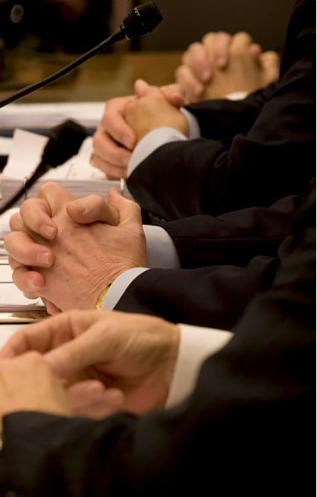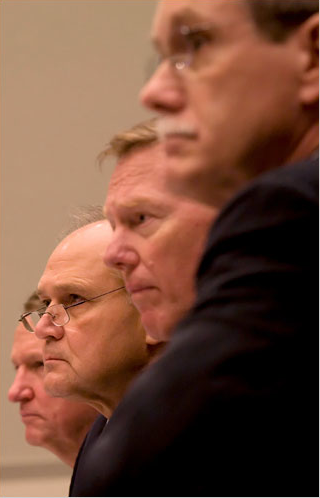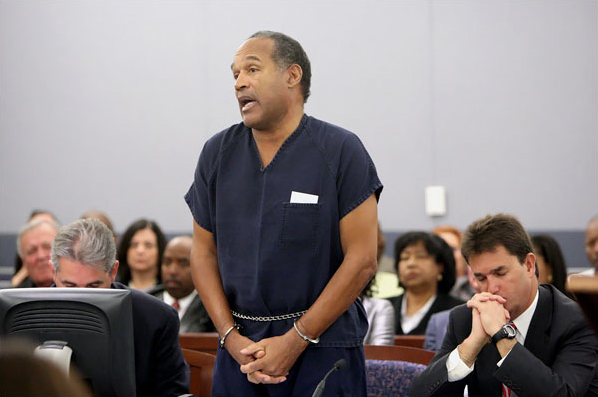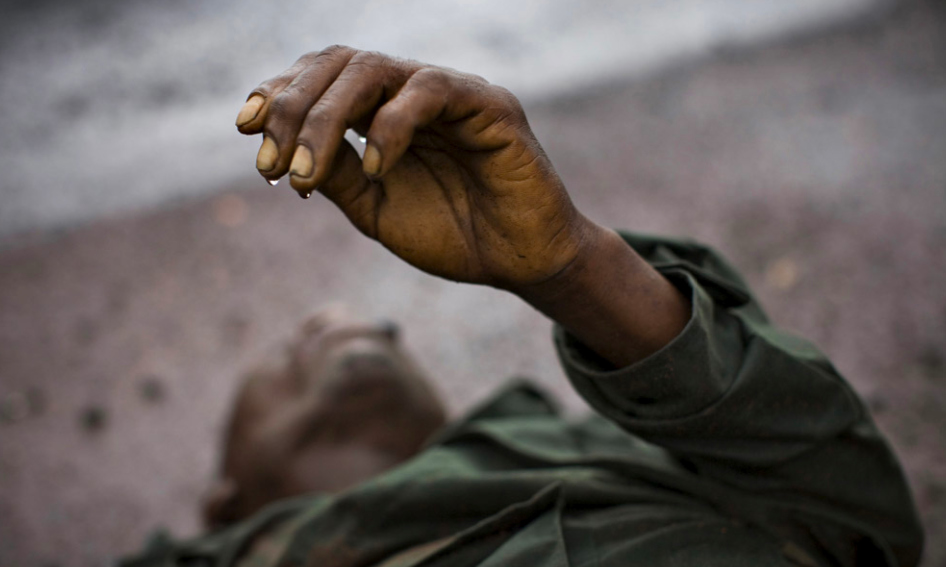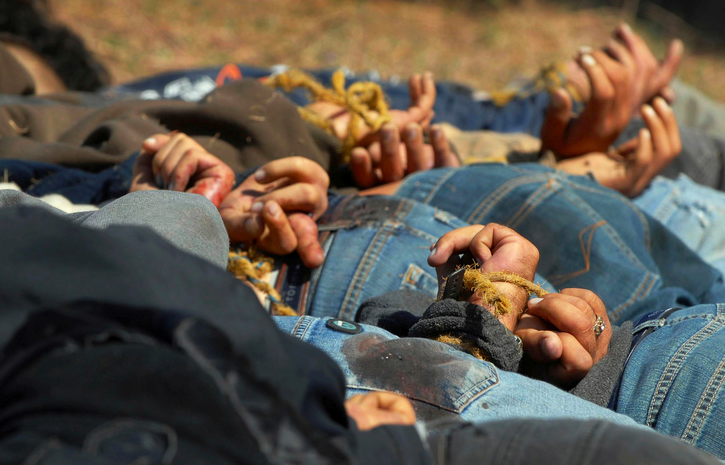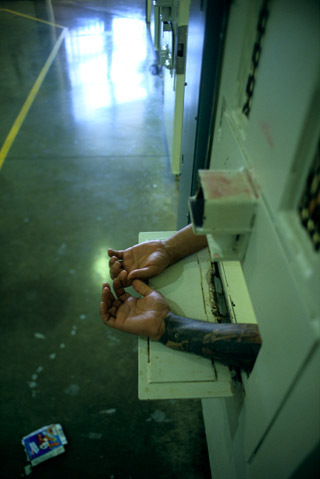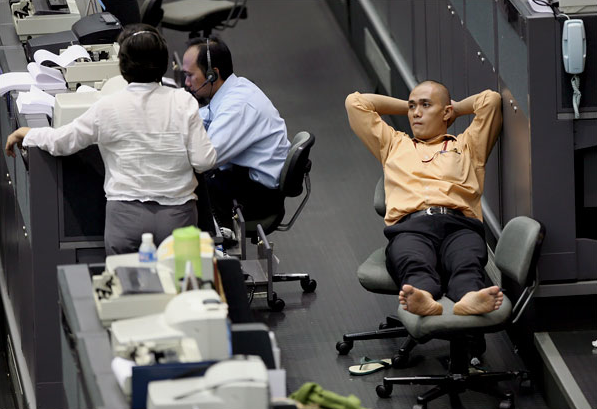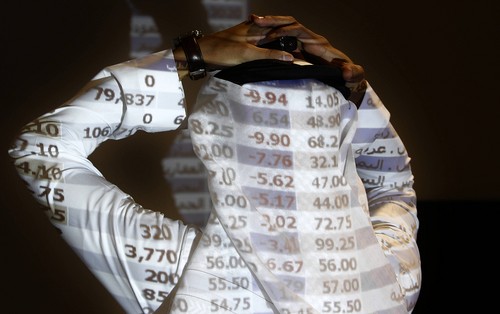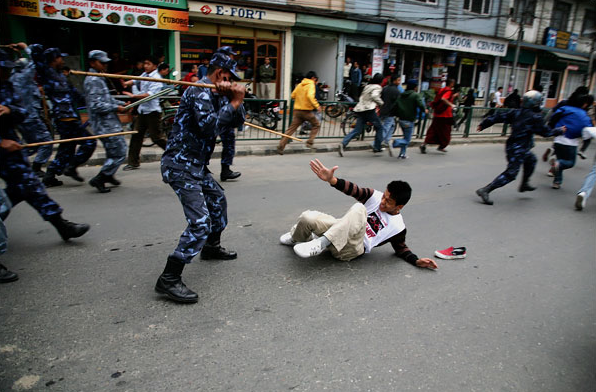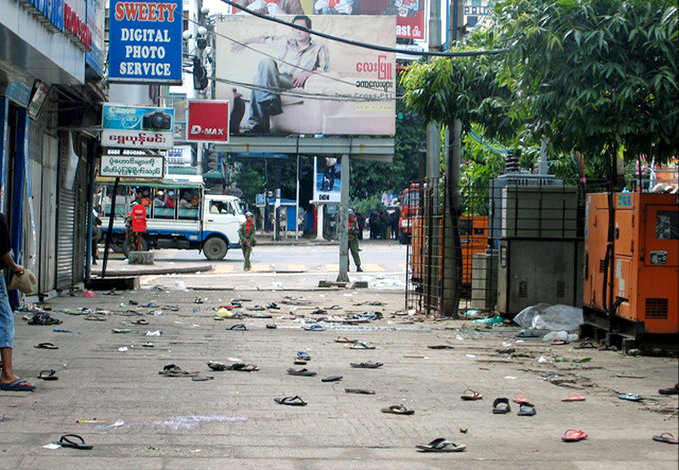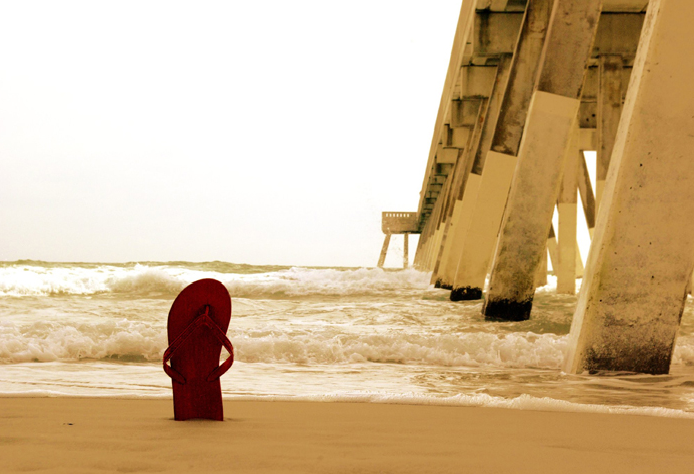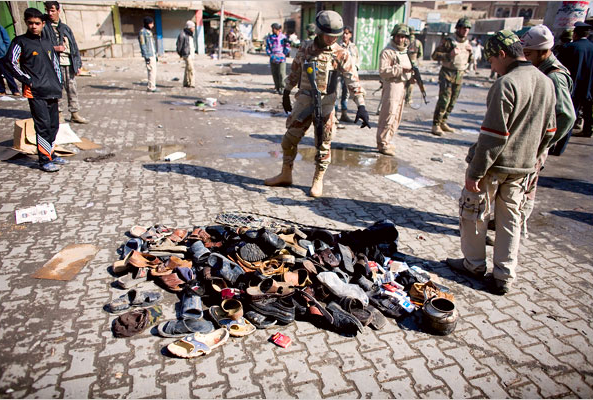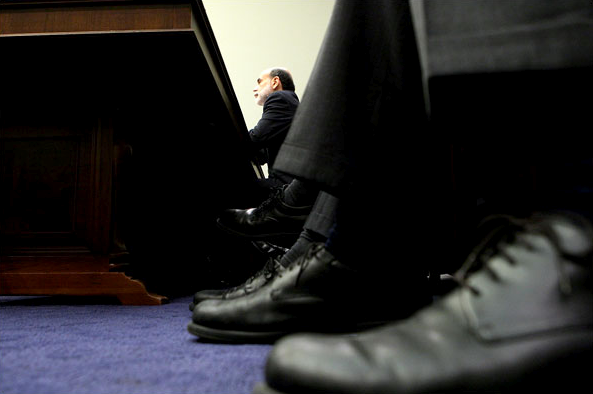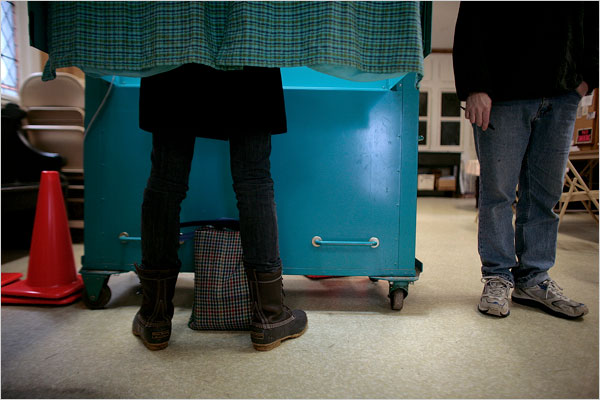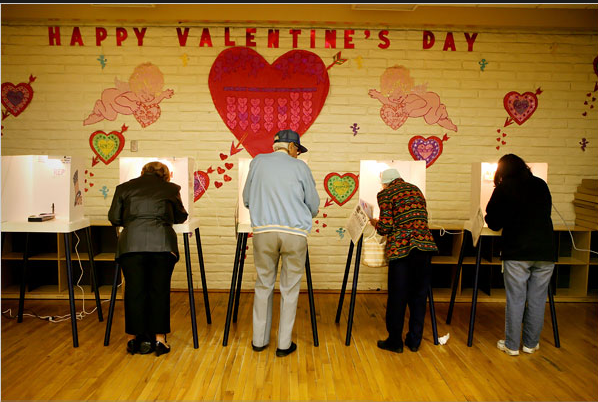The new year has started very much like the old year: renewed war in the Middle East, exceedingly uncivil civil wars in Africa, spasms of terrorism and counter-terrorism in Asia, drug wars in Latin America, and economic decline everywhere. That’s not the whole story, of course, but it is a continuing story.
Faced with another year of violence, journalists and citizens alike have to make choices about how to depict and understand what is happening, and how to do so without becoming cynical or otherwise numbed to the obligations and possibilities for change. One place to begin is by looking at this photograph.
Recently I got somewhat lyrical about two images of “Hands of Death.” Now we are looking at the foot of a suicide bomber in Afghanistan. Rather than speak about the photograph directly, let me ask you how it might be captioned.
That’s a real question. What are we to make of this awful, pathetic, powerful image? How should we label it to use it well–that is, to provide material for public thought?
I’ll suggest several captions that occurred to me, along with their implications for framing events to come. First, “Picking up the Pieces.” Cute, isn’t it? But that is what has to be done. After the dramatic cataclysm of the blast and perhaps heroic efforts to save the wounded, someone has to pick up the shards of material, bone, and flesh that remain. At the same time and for much longer, someone has to pick up the pieces of shattered families, broken communities, a damaged society. The violence that has occurred is still occurring, not only in the continuation of political struggles, cycles of violence, martial habits, and the arms trade, but because the harm already done lasts for decades among the living. Whatever will come to pass, surely one of the tasks facing governments and individuals today is to pick up the pieces still strewn about, the sorry fragments of past destructiveness that have to be gathered up and put to rest as part of moving forward.
I also thought of labeling the photograph as “The Human Remnant.” Although we don’t typically look at the soles of our feet, much less think of them as emblems of humanity, that foot now becomes expressive. It looks capable, vulnerable, well cared for, and generally a sign of how humans are a distinctive species. The top of the foot has been seared by the blast, leaving the soft, fleshy underside as the only trace of the human being who existed before ideology, socialization, self-immolation. Perhaps that foot could have walked down another path; indeed, isn’t that true of everyone? Thus, the image reminds us of how war wastes human potential. But let’s not get too sentimental. He killed three other people, and the soldiers, munitions makers, and strategists also are human, as are the torturers and those who authorize torture. It is not enough for humanity to endure.
Other captions include: “Putting Your Best Foot Forward” and “Adding Insult to Injury.” The first ranges from contempt to cynicism, while the second plays off of the cultural significance in the Middle East of showing the soles of one’s feet. I could go on, but you get the point. One question we face in the new year is how to represent, understand, and react to a world riven by violence. This is not an academic question.
Photograph by Ahmad Masood/Reuters via The Big Picture.
Update: Thanks to the double post at BAGnewsNotes, you can read additional comments there.
